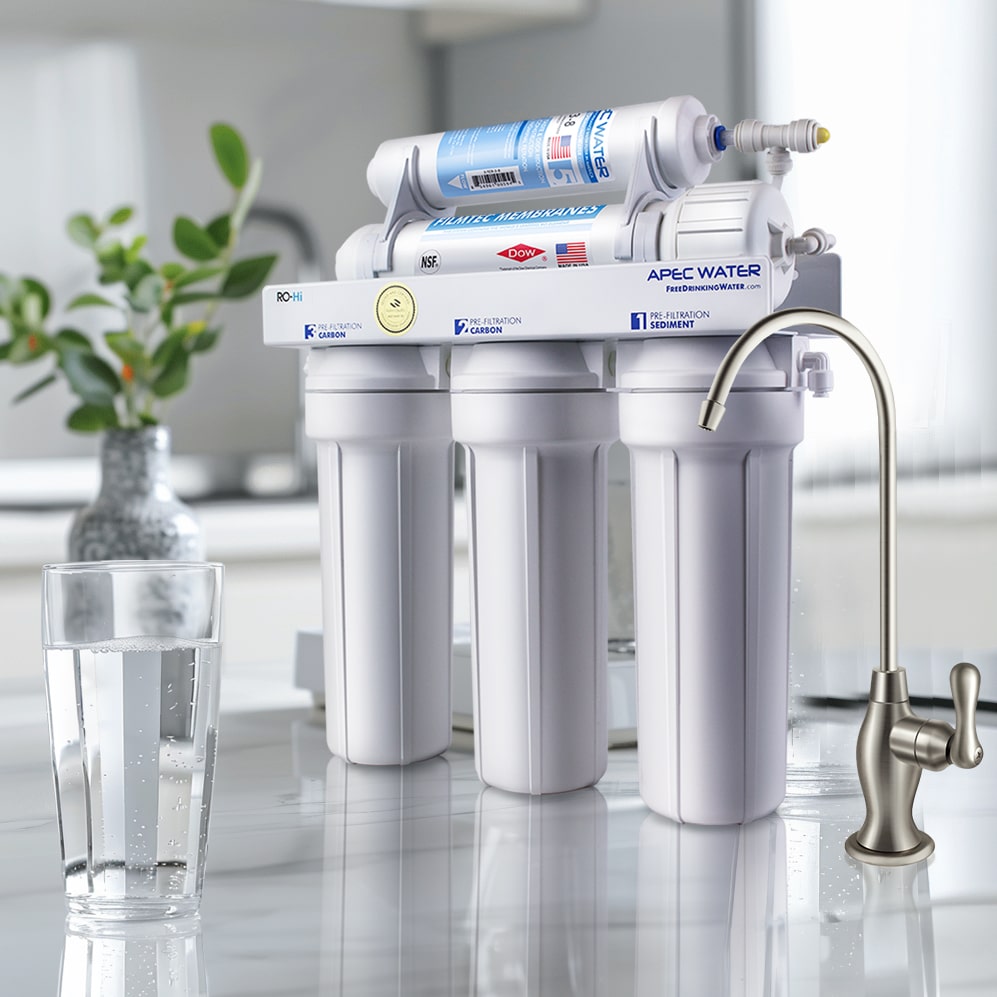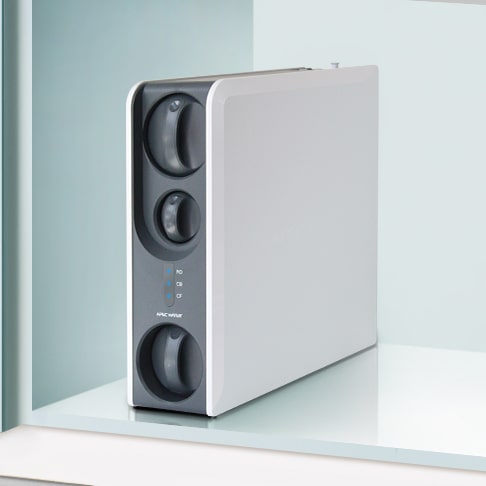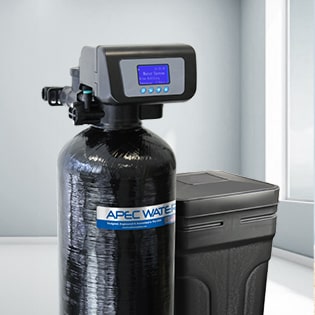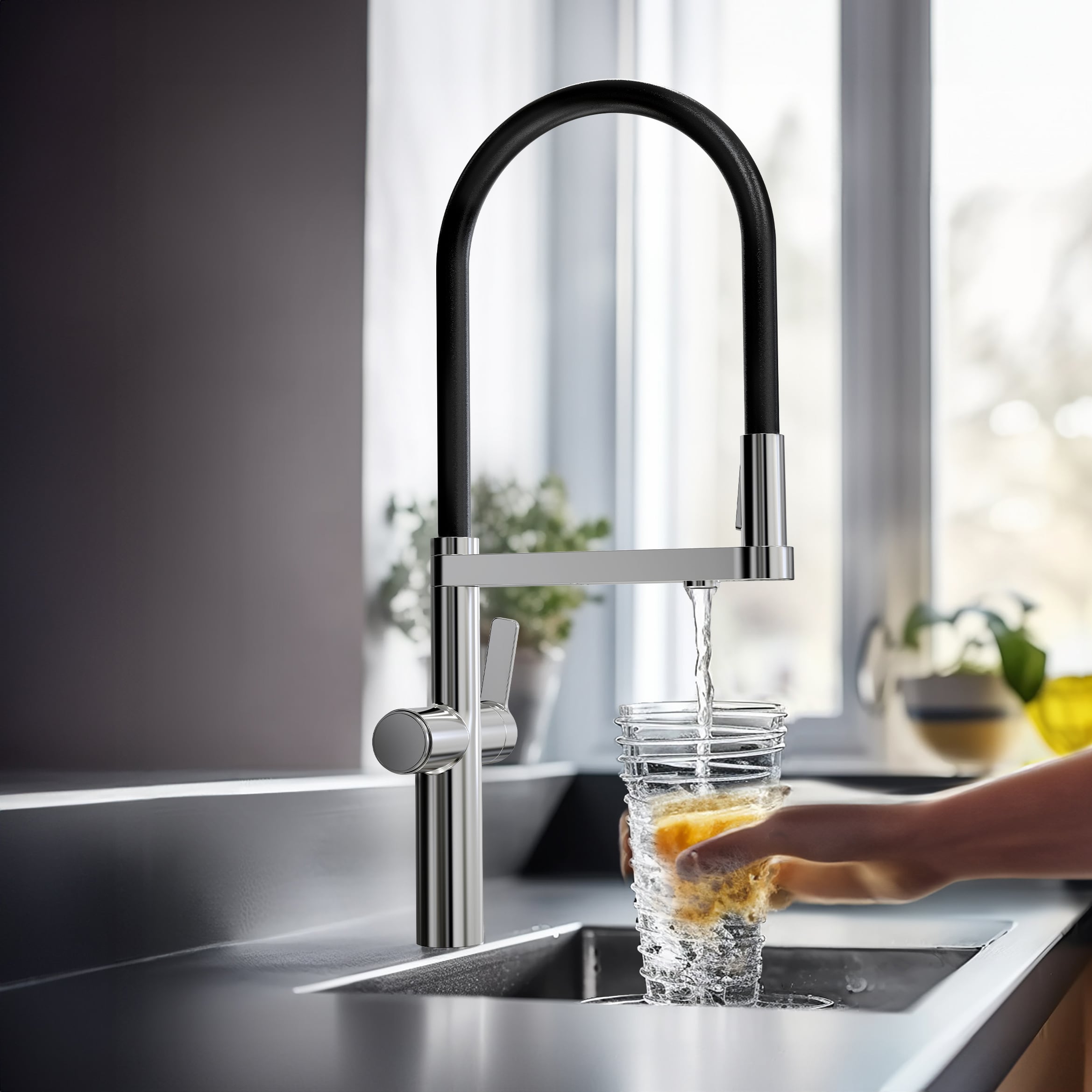Reverse osmosis (RO) has gained significant popularity as a water filtration method, providing clean and purified water for various applications. While many people are aware of reverse osmosis and its benefits, they may not be familiar with how it actually works. This article will explore the following:
- What is Osmosis?
- How Reverse Osmosis Works
- Which Contaminants Reverse Osmosis Removes
- Advantages and Disadvantages of Reverse Osmosis
- Different Types of RO Systems
- Passes VS Stages
- Performance Calculations
- Pretreatment for Reverse Osmosis
- RO Membrane Maintenance
First Of All, What Is Osmosis?
To understand reverse osmosis, it is important to grasp the concept of osmosis. Osmosis is a natural process that occurs when two solutions of different concentrations are separated by a semi-permeable membrane. The solvent molecules (usually water) move from an area of lower solute concentration to an area of higher solute concentration, equalizing the concentration on both sides of the membrane. Osmotic pressure is the force required to prevent this movement and is determined by the concentration difference across the membrane.
How Does Reverse Osmosis Work?
Reverse osmosis works by applying external pressure to overcome the natural osmotic pressure and force the water to move in the opposite direction. This pressure is applied to the solution with a higher concentration of contaminants, forcing it through the semi-permeable membrane. The membrane allows only water molecules to pass through, blocking the contaminants and impurities.
During the reverse osmosis process, water is pushed through the membrane, while the concentrated solution, containing the contaminants, is diverted away. The result is purified water on one side of the membrane and a concentrated solution on the other.

Which Contaminants Do Reverse Osmosis Systems Remove?
Reverse osmosis is highly effective in removing a wide range of contaminants, including
Dissolved solids: Reverse osmosis can remove dissolved minerals, salts, and metals, such as calcium, magnesium, sodium, and lead.
Organic compounds: It can eliminate organic compounds, including pesticides, herbicides, and volatile organic compounds (VOCs).
Bacteria and viruses: RO membranes have pores small enough to prevent the passage of bacteria and viruses, ensuring the removal of these microorganisms.
Heavy metals: Reverse osmosis can effectively reduce the levels of heavy metals like arsenic, cadmium, and mercury.
Chlorine and other disinfection byproducts: It can remove chlorine and disinfection byproducts, improving the taste and odor of the water.
Is It Healthy To Drink Reverse Osmosis Water?
The question of whether reverse osmosis water is healthy to drink has been a topic of debate. While reverse osmosis effectively removes contaminants, it also removes minerals. However, it is important to note that the majority of beneficial minerals our bodies require are obtained through a balanced diet rather than water consumption alone. Therefore, drinking reverse osmosis water is generally considered safe, and the potential lack of minerals can be supplemented through food sources.
Advantages Of Reverse Osmosis
Effective filtration: Reverse osmosis provides highly efficient filtration, removing a wide range of contaminants.
Improved taste and odor: By eliminating chlorine and other impurities, reverse osmosis can greatly enhance the taste and odor of water.
Compact and easy to install: RO systems are available in various sizes, making them suitable for both residential and commercial applications. They are relatively easy to install and require minimal maintenance.
Disadvantages Of Reverse Osmosis
Water waste: Reverse osmosis systems produce a concentrated solution (reject water) that contains the removed contaminants. This can result in some water wastage.
Removal of beneficial minerals: As mentioned before, while reverse osmosis removes harmful contaminants, it also eliminates minerals found in water, such as calcium and magnesium. This can result in demineralized water.
Slower filtration rate: RO systems can have a slower filtration rate compared to other water filtration methods, which may not be favorable in some high-demand situations.
Are All RO Systems The Same?
How does a reverse osmosis water filter work in different applications? Well, not all reverse osmosis systems are the same. There are differences in terms of design, efficiency, needs, and applications. Some key variations include:
Residential RO systems: These systems are designed for household use and are typically installed under the kitchen sink. They are compact, easy to install, and provide purified drinking water for everyday use.
Commercial RO systems: Commercial RO systems are larger and have higher capacity compared to residential systems. They are suitable for businesses, restaurants, schools, and other commercial settings where a larger volume of purified water is required.
Industrial RO systems: Industrial RO systems are designed for heavy-duty applications and can handle large volumes of water purification. They are commonly used in industries such as food and beverage processing, pharmaceutical manufacturing, power plants, and wastewater treatment.
Portable RO systems: These systems are compact and lightweight, making them suitable for outdoor activities, camping, and emergency situations where access to clean drinking water may be limited.
Countertop RO systems: Countertop RO systems are placed on the kitchen countertop and do not require any installation. They are a convenient option for those who cannot or do not want to make modifications to their plumbing.
Whole-house RO systems: Whole-house RO systems are designed to provide purified water for the entire house. They are typically installed at the point of entry where the main water supply enters the house, ensuring that all taps and appliances receive filtered water.
It is important to choose the right type of RO system based on your specific requirements. You should consider factors such as water demand, water source, quality requirements, available space, and budget when selecting an RO system.
APEC Reverse Osmosis Water Solutions
APEC offers a range of reverse osmosis systems designed to provide clean and purified water. These products are known for their high-quality membranes, efficient filtration, and advanced features. By choosing APEC, you can ensure complete access to safe and reliable drinking water.



